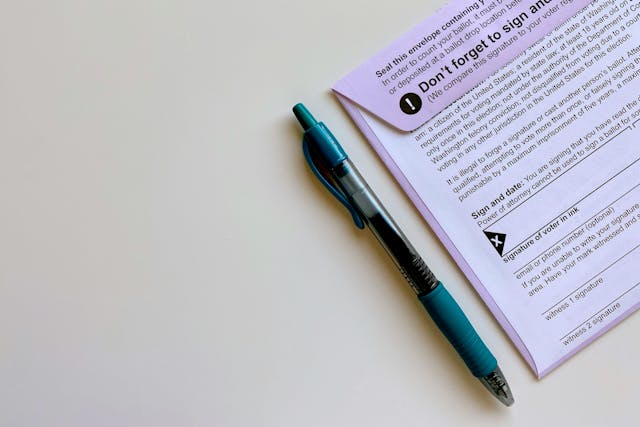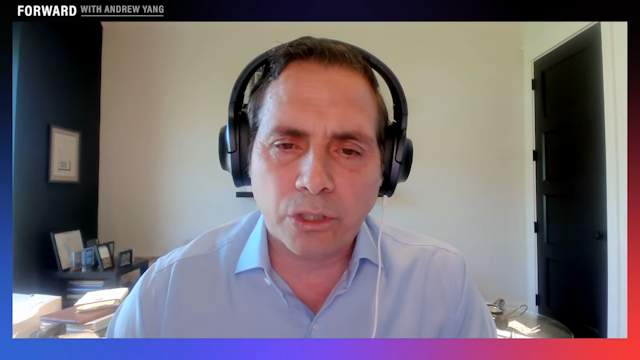Top-Two Election Reform Will Not Boost Voter Participation -- On Its Own

On Friday, February 6, the Cook Political Report published an article on the impact the nonpartisan, top-two primary and independent redistricting have had on voter turnout. The author, Amy Walter, points out that with both reforms in place, voter turnout has not increased, and has in fact been on the decline. An article by Mark Barabak of the LA Times draws the same conclusion.
These articles, however, assess California's primary without reference to the much bleaker situation occurring nationwide in states that have not adopted nonpartisan election reforms.
1. Voter Turnout Hit Historic Lows Nationwide in 2014: Dropping Much Lower and Faster than in California
"From permanent absentee voting to term limits and redistricting reform and now a top-two primary system, California has tried just about every remedy imagined to help boost voter participation in the state. The result: turn-out in the Golden State last year for both the primary and general election was the lowest it has been in recorded history." - Amy Walter, Cook Political Report
However, one thing Ms. Walter's article fails to consider is that, according to the Washington Post, national voter turnout hit a low not seen since World War II; under 37 percent of the eligible voting population participated in GENERAL elections nationwide. To be clear, this number is often the most quoted, but it looks at the total eligible voting population. Turnout among registered voters is going to be a little higher.
In Texas, only33.7 percent of registered voters participated in November's elections. In New Jersey, 35.8 percent of registered voters turned out. Georgia, despite its high-profile races for governor and U.S. Senate, had a turnout of only 34 percent. Battleground states like Ohio and Virginia also saw notable declines in turnout compared to 2010 and previous midterm election years.
And what was the turnout in the Texas and New Jersey primaries? Texas: Under 14 percent. New Jersey: Under 6 percent.
In 2014, 42.2 percent of registered voters in California participated in the midterm elections, despite the fact that the governor's race was not competitive (as Walter also notes) and there was nothing even remotely controversial on the ballot. Washington state, which has a top-two system similar to California, had a registered voter turnout of 39.51 percent -- lower than California, but that was after two consecutive midterms of increased voter participation (both midterms under the nonpartisan election system).
2. The Purpose of Nonpartisan Election Reform
"Competitive House races also saw a big drop in turn-out from 2012, and in some cases, a drop from 2010. So, if top-two and better redistricting didn’t get people to vote, should we assume they’ve failed?" - Amy Walter, Cook Political Report
Advocates of nonpartisan election reform, like the Independent Voter Project (co-publisher of IVN), do not believe the success or failure of the top-two primary or independent redistricting can be measured by voter turnout, since the purpose of neither was to increase voter participation directly, but to broaden the spectrum of political accountability, a process that can take longer for voters to understand and political scientists to measure.
"The fundamental purpose is not about opening primaries up to independents, it is not about electing moderates, and it is not about encouraging more voter participation. If elections are going to be funded by taxpayers, then their purpose should be to elect candidates for the public, not for political parties. Elections with a public purpose should treat all voters, regardless of party affiliation (or lack thereof), equally," writes Shawn Griffiths, IVN's editor-in-chief. "Everything else would be the inevitable consequences of enacting nonpartisan election reform..."
Walter does not consider the fundamental purpose of top-two or independent redistricting, but she does later suggest that low voter turnout does not point to something being wrong with the reforms.
Voters Need An Incentive to Vote
It is difficult to measure the exact impact nonpartisan elections could have on voter participation when a majority of voters are disillusioned by the state of American politics in general.
An IVN report predicted the historic-low midterm turnouts in May 2014, reporting on a Gallup survey that showed voter enthusiasm at a 20-year low. Congressional approval also hit historic lows during the 113th Congress, flirting with the single digits in some national polls. The 113th Congress was not only one of the most polarized in modern U.S. history, it was one of the least productive Congresses. Extreme partisanship and negative politics has played a major factor in declining turnout numbers.
Solving this issue is not simple. As Walter points out, ultimately it comes down to what incentive people think they have to vote.
"[P]erhaps the best explanation for why the top-two and redistricting may not be shaking up the system as much as reformers would like to see is much simpler: voters don’t think voting matters," she writes. "Courtni Pugh, a Democratic strategist and former labor organizer recounted sitting in focus groups of Latino voters who wondered 'how does me voting in this election better my life?'"
"The fact that voters are increasingly detached from policymaking is a deeper and more significant problem. It’s not that there’s a problem with the system of voting. The problem is the system itself. If people don't trust that the politicians are going to look out for them or understand their day-to-day lives, no amount of change to the way we vote is going to get people to vote." - Amy Walter, Cook Political Report
What do you think would help boost voter turnout? Leave a comment below.
Photo Credit: American Spirit / Shutterstock.com



